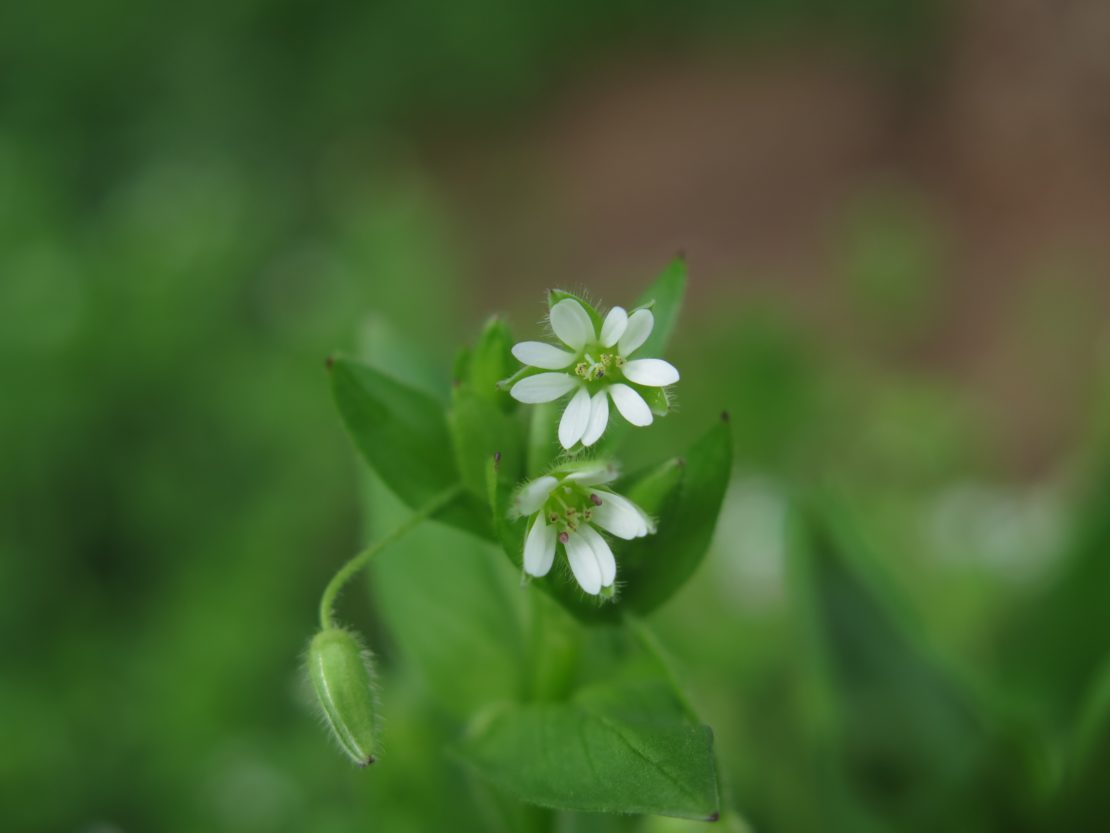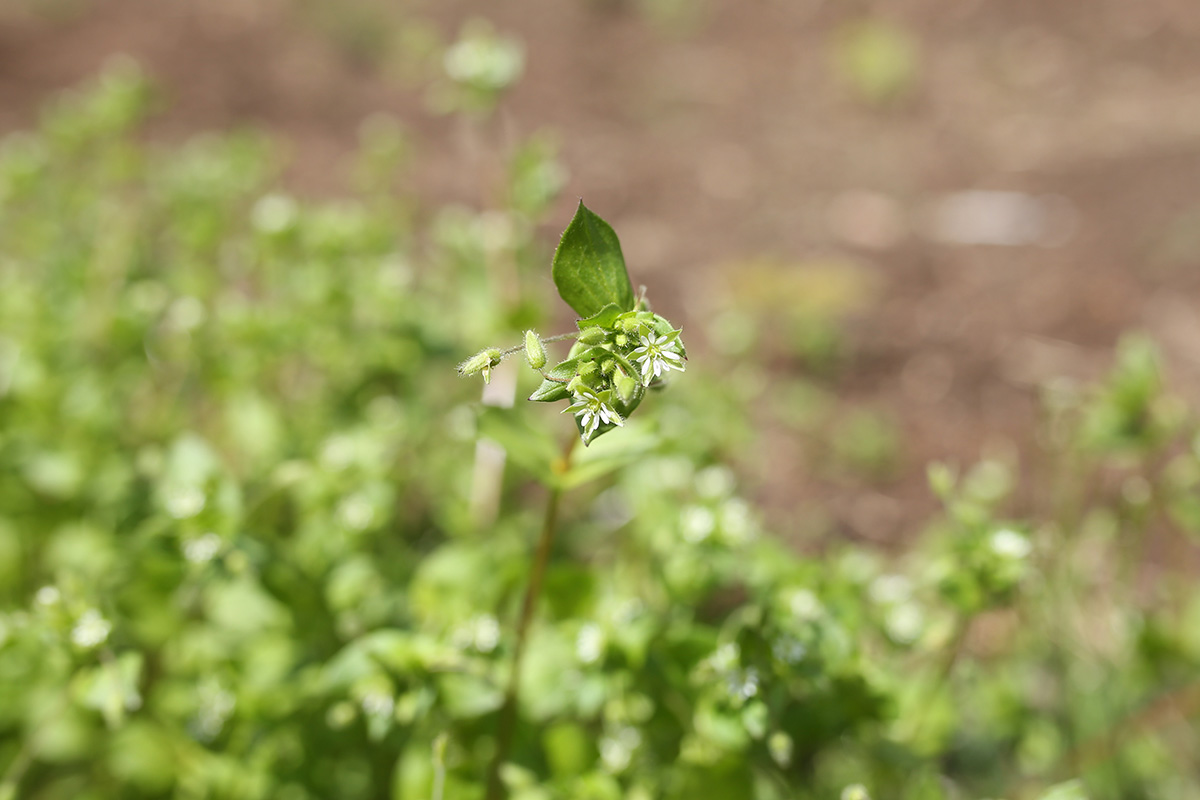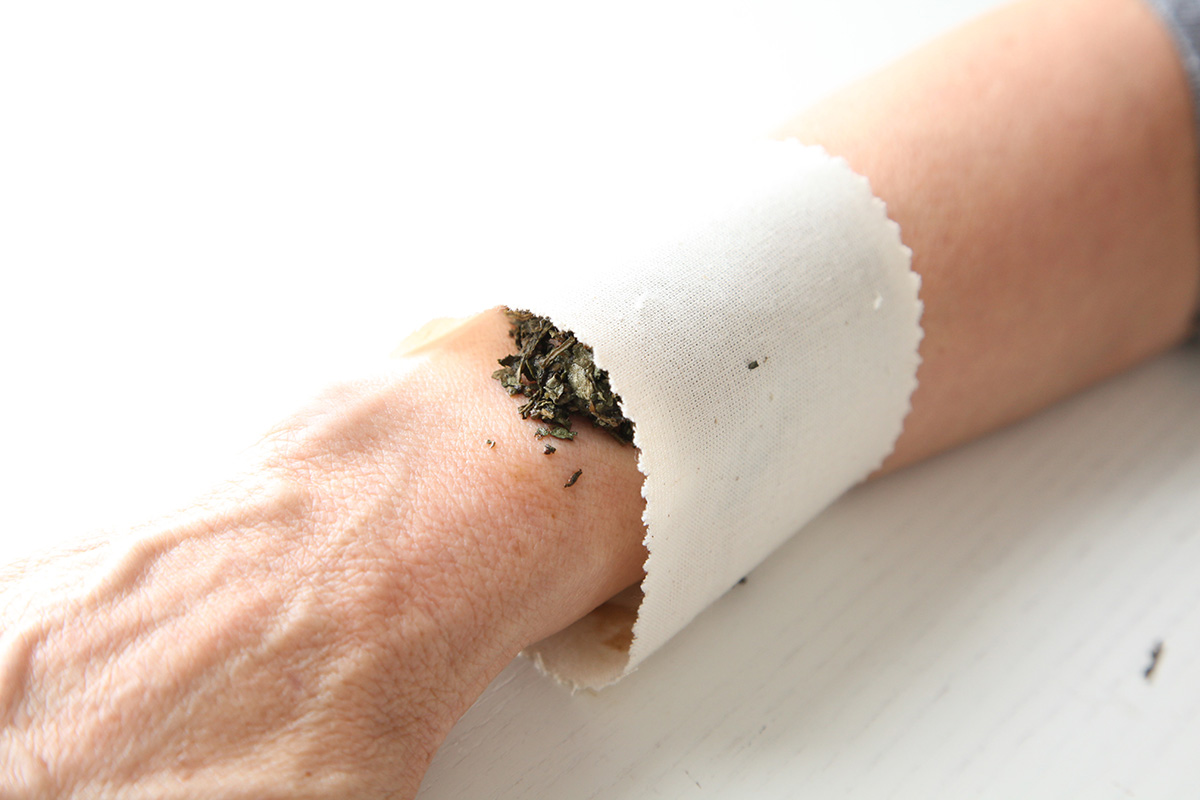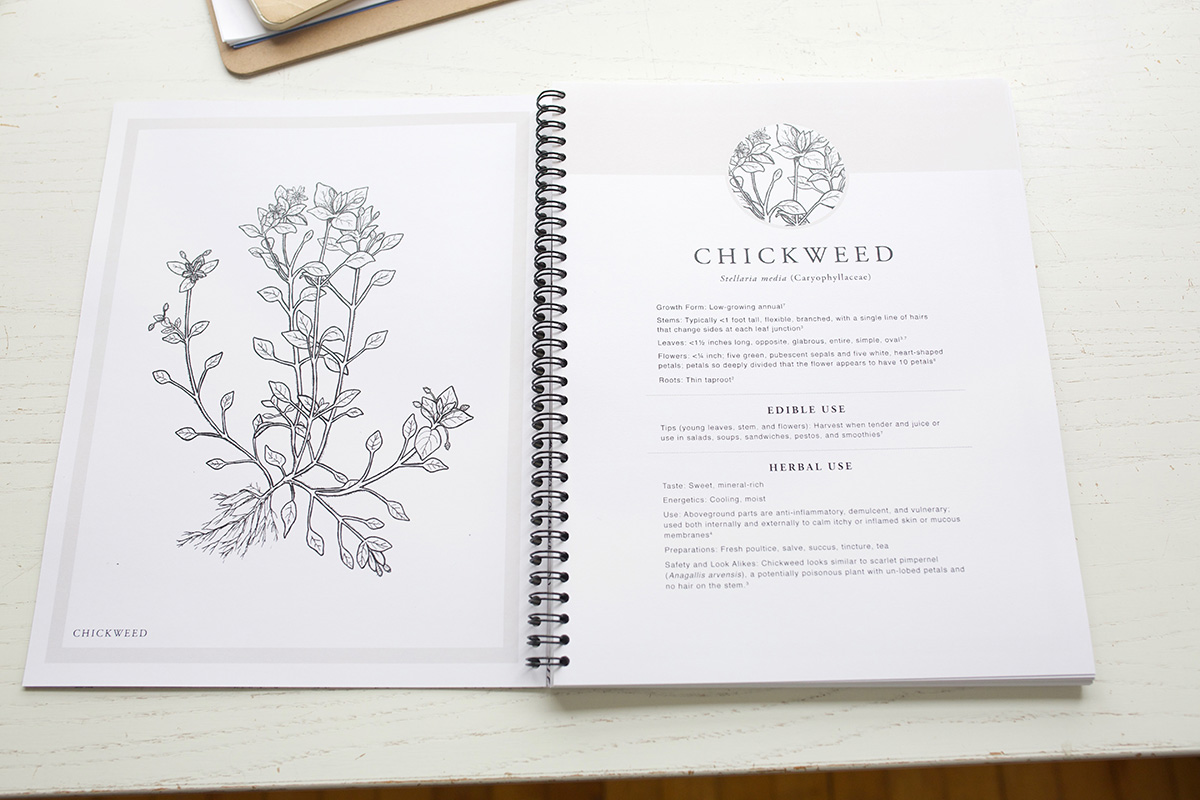
The Most Inconspicuous Plant You Can Forage Now!
Our new Botany & Wildcrafting Course is here, and we’re so excited about this course! Not only will it provide you with an introduction to plant biology and ecology, but it will help you strengthen your plant identification skills and help you understand and practice sound wildcrafting ethics and techniques as well.
In this course, we cover 25 common plants, helping you learn how to identify, use, and harvest each one. Downloadable summary monographs of each plant are provided to tie your learning all together!
Today, we’d like to share one of these plants with you as it’s one of our personal favorites. While you may have heard of this plant before, it can be one of the most inconspicuous, overlooked plants around, but that doesn’t mean it’s not important. Oh, no! This plant has many uses and health benefits for all ages, and we’d like to bring your attention to it today.
Meet Common Chickweed (Stellaria media)

How To Identify Chickweed
The name for the chickweed genus, Stellaria, comes from the Latin word for “star” (Magee & Ahles, 1999). When Linnaeus named it, he was likely inspired by chickweed’s star-shaped flowers. The small flowers (less than a quarter inch in diameter) have five green, pubescent sepals and five white, heart-shaped petals that are so deeply divided as to appear as ten petals (Neltje, 2017).
Stellaria media is a low-growing annual herb (though it can sometimes persist through the winter) (Thayer, 2017), with a slender taproot (Flora of North America Editorial Committee, 2004) that grows in fields, on roadsides, and in disturbed areas (Magee & Ahles, 1999). Its branching nature and thin, flexible stems, rarely more than 1 foot tall, often make it look like a matted nest of plant material.
Common chickweed has oppositely arranged leaves and a distinctive line of stem hairs that change to a different side of the stem at each leaf junction (Magee & Ahles, 1999). Chickweed’s small leaves are less than 1½ inches long and have entire margins and are simple, oval, and glabrous (Thayer, 2017).
Note: It can be difficult to identify one Stellaria species from another, but all can be used similarly. Mouse-eared chickweed (Cerastium spp.) share many of the characteristics of Stellaria species, but tend to be smaller, with pubescent leaves (Thayer, 2017). These are also edible, but not as juicy and, some would argue, not as tasty.
Chickweed can be confused with the inedible and potentially poisonous scarlet pimpernel (Anagallis arvensis), which also has five-petaled, star-shaped flowers. However, the petals of scarlet pimpernel are usually peachish-red, pink, or blue, are not lobed, and the plant’s stems are glabrous with no line of hairs (Flora of North America Editorial Committee, 2004).

How To Use Chickweed
Chickweed is a nutritious wild green that offers calcium, iron, magnesium, potassium, selenium, and zinc (Duke, 2017). The tips of chickweed (leaf, flower, and stem) are most tender in the spring and can be harvested and eaten raw in a salad or sandwich, blended up in a pesto or smoothie, or juiced. As the plant begins to flower, it gets less and less tender, though is still edible (Thayer, 2017).
Energetically, chickweed is cooling and moistening and is used as an anti-inflammatory and demulcent vulnerary. It excels at calming itchy skin (applied externally or internally) and is commonly used in cases of eczema, psoriasis, hives, rashes, wounds, bites, dandruff, dry skin, and mucous membrane inflammation (Hoffmann, 2003).
The best application of chickweed for skin irritation is a fresh poultice. To have a supply of chickweed on hand during the winter months or when fresh chickweed cannot be accessed, the fresh plant can be frozen as a succus (plant juice) or prepared into a salve. Internally, chickweed can be taken as a tea or tincture.

A Note On Safety
As mentioned above, chickweed looks similar to scarlet pimpernel (Anagallis arvensis), a potentially toxic plant, so pay attention to details when identifying.
You can learn even more about chickweed in our full monograph located on our membership site, The Herbarium: https://herbarium.theherbalacademy.com/monographs/#/monograph/3055

As a way to take your botany studies to the next level, we’ve partnered with herbalist, illustrator, and creator of Herbal Roots Zine, Kristine Brown, RH(AHG), to capture all 25 plants included in our Botany & Wildcrafting Short Course in botanically accurate illustrations which are compiled in our Botanical Illustrations Workbook companion product.
These illustrations are designed for you to observe and familiarize yourself with the unique botanical features of each plant, sharpen your identification skills, and serve as a resource when you’re identifying a plant in the field.
The Botanical Illustrations Workbook includes 25 botanically accurate illustrations, along with summary monographs to complete your learning experience, and blank pages for additional sketches and note-taking! It’s a great resource to use alongside the course.
Learn How To Wildcraft 25 Common Herbs & So Much More!
We hope you’ll join us in the Botany & Wildcrafting Course where you’ll learn even more about foraging and wildcrafting all 25 plants included in the course and so much more.
You can get all the details about the course right here.








